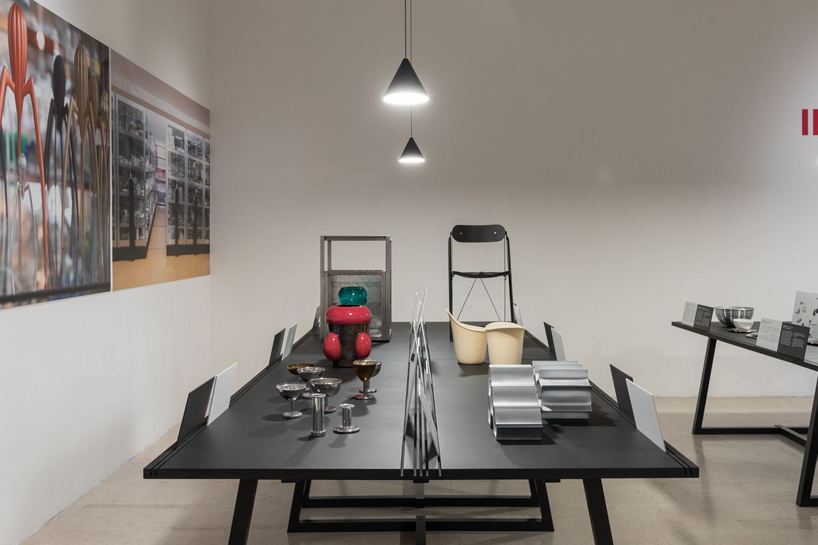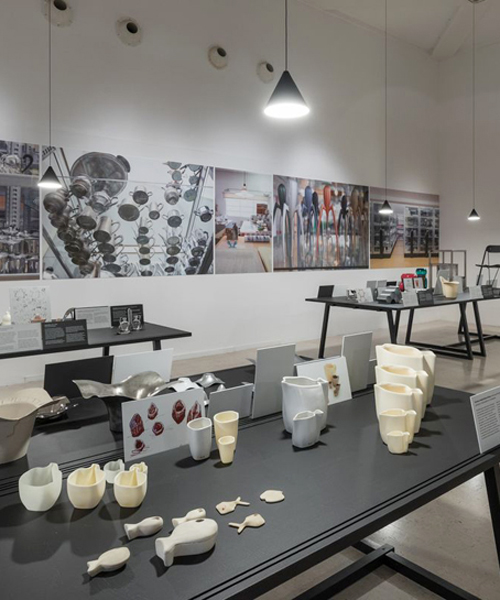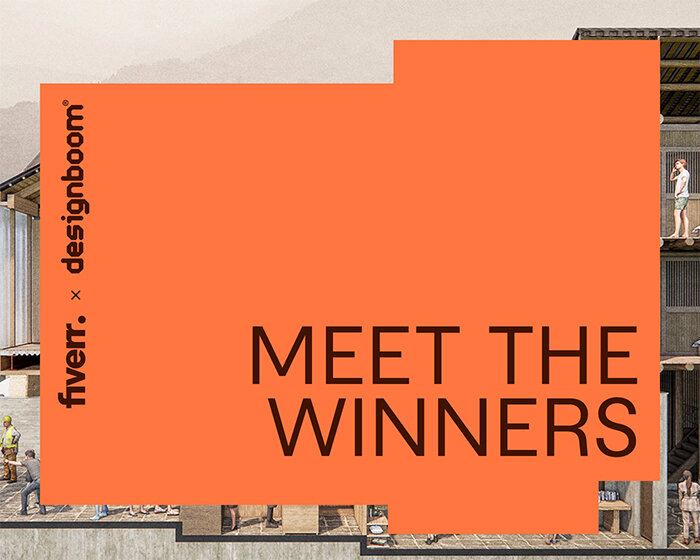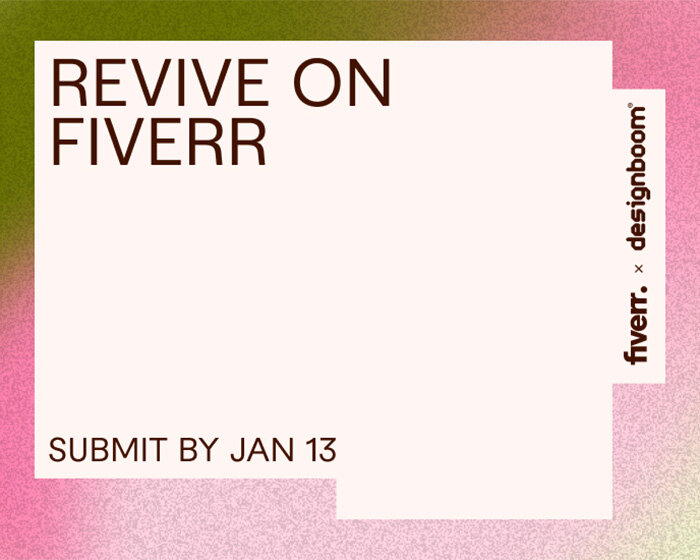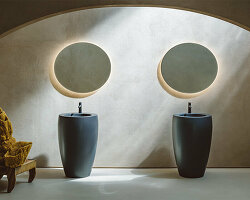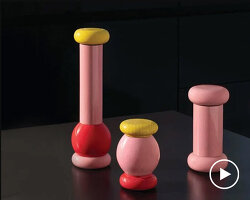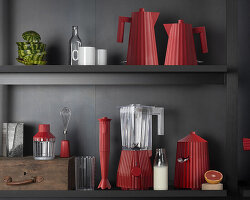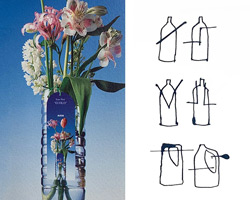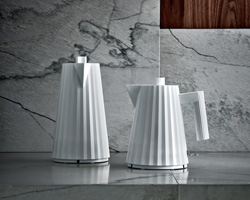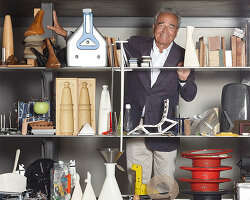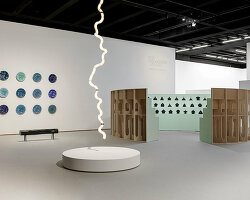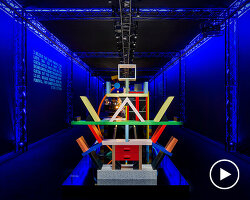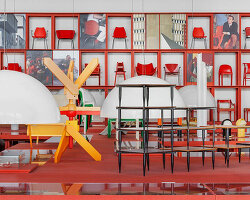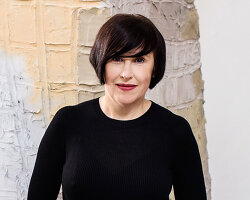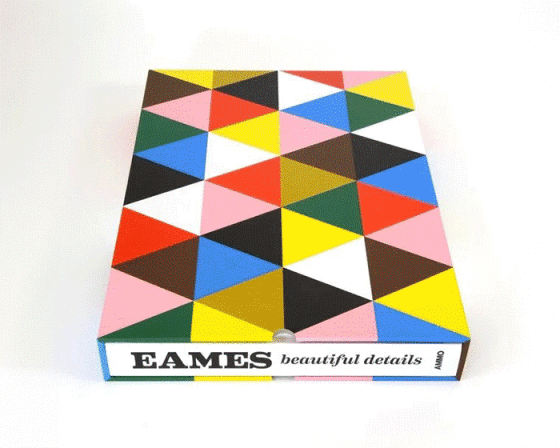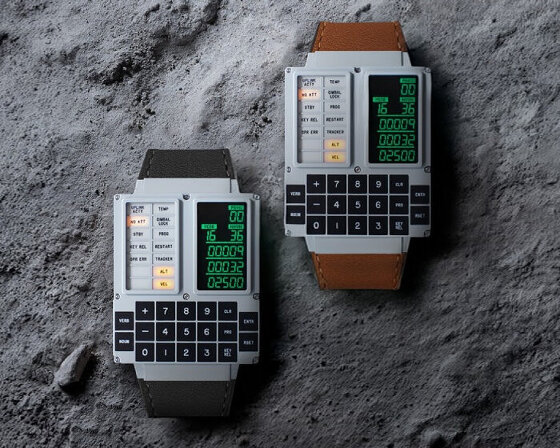the triennale design museum and the alessi museum present ‘alessi in-possible’. ordered chronologically from the 1920s to the present day, the event showcases over 50 projects by some of the most famous italian and international designers and architects – from ettore sottsass, achille castiglioni and aldo rossi to philippe starck, zaha hadid, patricia urquiola, ronan and erwan bouroullec – which never made it onto the production line.
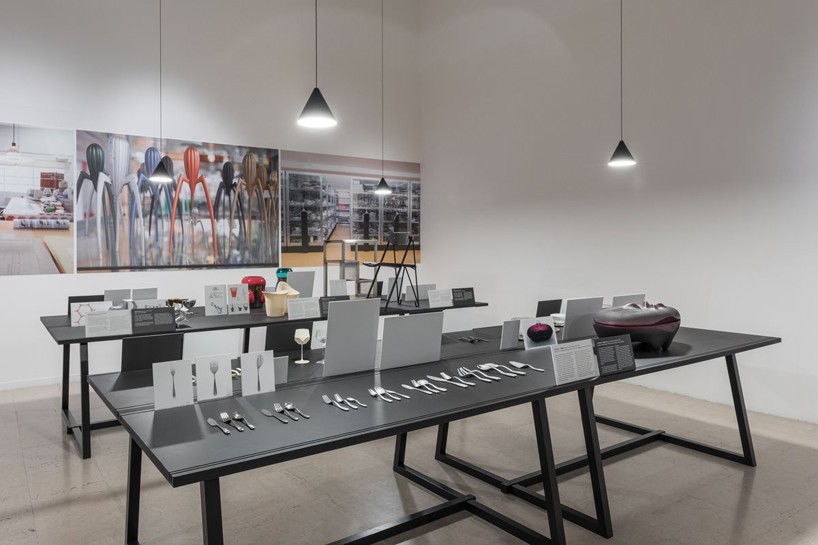
the exhibition which takes place at the triennale design museum in milan, was curated by galit galon from design museum holon and francesca appiani from alessi, who chose to focus an original point of view. this isn’t the story of products that have been manufactured but those that have never left the design studio. technical problems and financial limitations are not the only reasons that prevent a project from getting off the ground. unexpected issues may emerge during the development of a project regarding the expressive aspect of the item, its style or emotional impact.
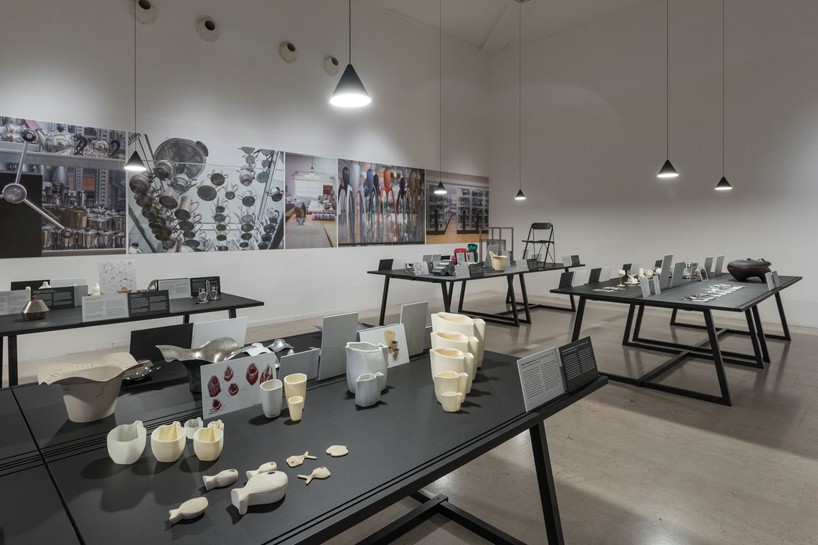
the alessi museum collection, comprising 25,000 objects and 19,000 designs, is a fascinating cross-section of contemporary design, an authoritative perspective that helps us understand the thousands of different ways in which the design world can express itself. sketches, renderings, technical drawings, prototypes of projects that have never been produced, first versions, research into new colours or finishes, prints, semi-finished products… items that illustrate the complex combination of factors leading to the creation of an industrial product, where higher, cultural and social issues are joined by practical, concrete and financial matters. the meeting between the designer and the company represents a key moment in this process.
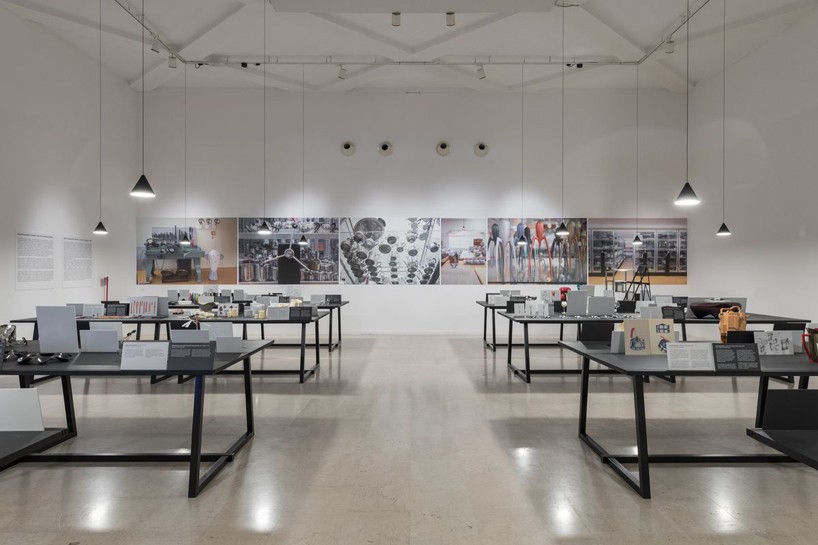
this continuous and open dialogue susceptible to the deviation, sometimes unexpected sees an ‘in-possibility’ become a ‘possibility’, as is typical of projects that seek to create innovative items and that therefore tacitly accept risk of an uncertain outcome. staged in association with the design museum holon in israel, the exhibition also emphasises this continuity: since its first edition in 2015 in holon, some projects have gone from ‘impossible’ to being manufactured, whilst others have entered that fertile, formidable hive of activity typical of a research laboratory of the applied arts to industry that is alessi.
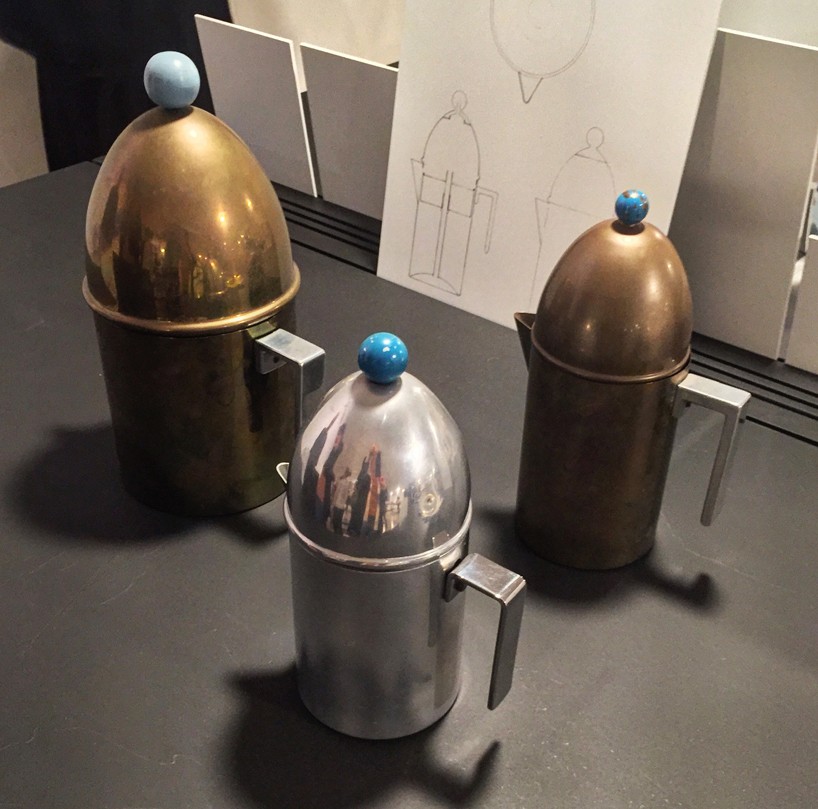
aldo rossi, press filter coffee maker, 1979
image © designboom
aldo rossi and alessi first came into contact in the late 1970’s when rossi was asked to participate in the ‘tea & coffee piazza’ research project. the press-filter coffee maker is one of the many projects that emerged from this process, its lid recalling ‘la cupola’, the famous espresso coffee maker designed by rossi in 1984. such a ‘dome’ shape, however, was not suitable for a press-filter maker, which requires a flat cover.
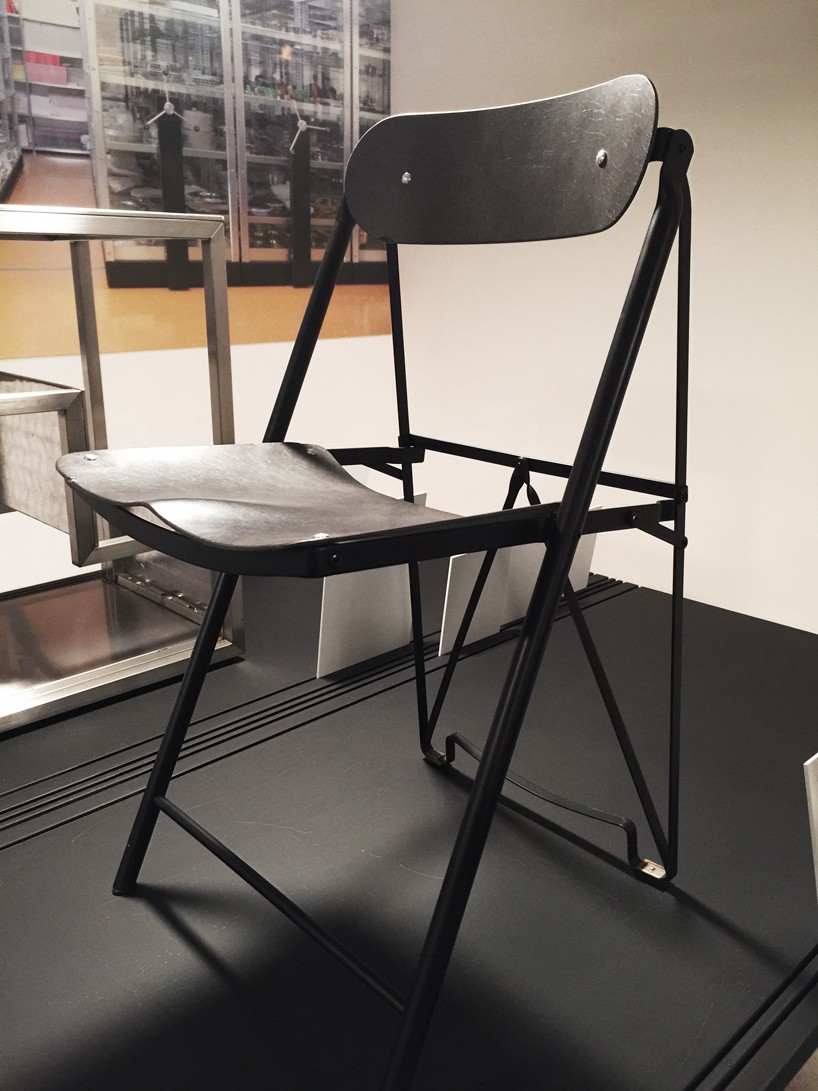
aldo rossi, folding chair, 1987
image © designboom
aldo rossi’s relationship with alessi dated back to the late 1970’s. in the following decade, he designed some of the objects more closely associated with the company, demonstrating his ability, as only great designers can do, to be highly attuned to the public mood of this time.
rossi’s approach to design was highly influenced by his profession as an architect. he began from a ‘strong idea’ – in terms of form and expression – leaving the construction details to be worked out entirely by the technical department. from 1987 to 1989, rossi addressed the design of a folding chair. it was never put into production, however, because during the development process it was discovered that a similar project had been produced by another company. it was one of those rare (thankfully) coincidences that sometimes happen in the world of design.
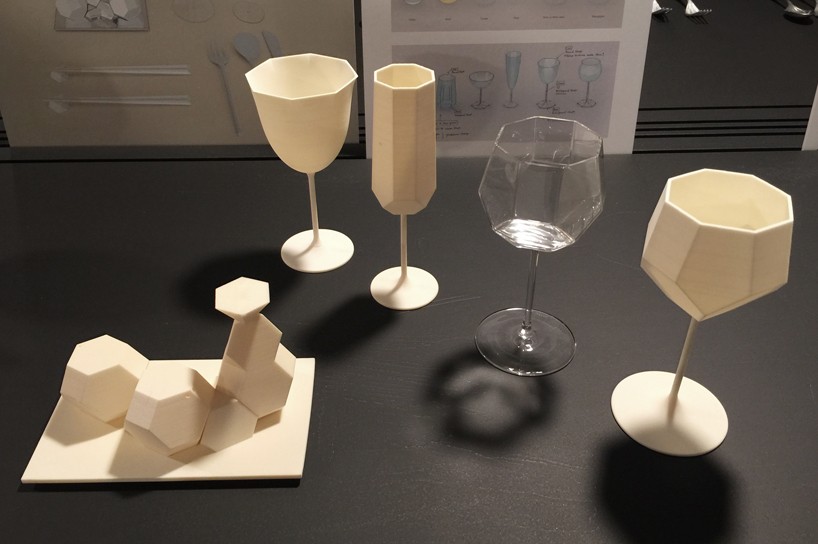
toyo ito glass set and a slat, pepper and soy sauce set, 2010/2012
image © designboom
toyo ito designed a series of pieces between 2010 and 2012 for alessi. these included a cutlery set, a set of glasses and salt and pepper, and soy sauce set. the development of the project grew out of research to find the best material for its industrial production. the multi-faceted surface of the containers made bone china preferable to stainless steel, which was less suited to translating their faceted from. translating ito’s complex design into an industrial project involved high manufacturing costs for both designers, which was why the decision was made to suspend the project.
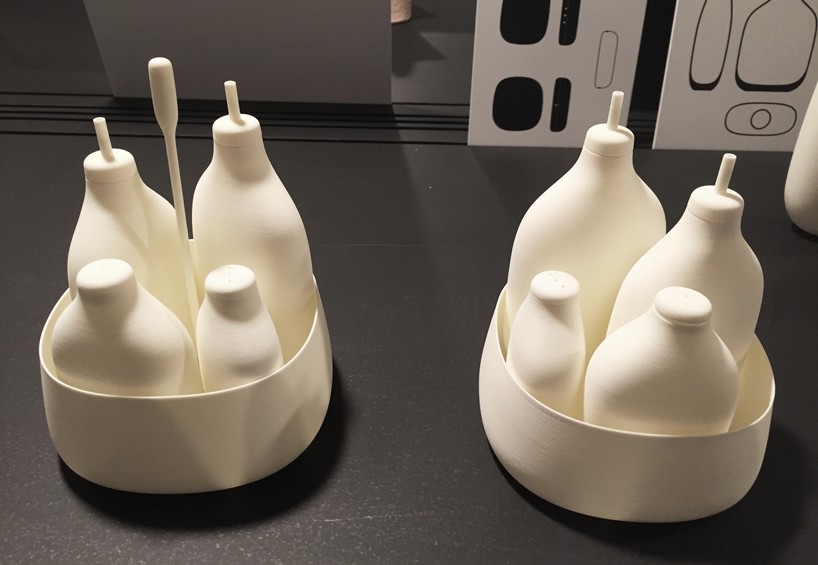
erwan and ronan bouroullec, ‘ovale’ condiment set and carafe, 2010
image © designboom
the first project designed by erwan and ronan bouroullec for alessi was presented in 2010, a set named ‘ovale’ (oval) for the form of the set pieces. seeking to expand the collection, the bouroullec brothers also designed a condiment set and carafe.
the condiment set was never made, due both to high manufacturing costs, and new legislation limiting this type of object to use in homes. the regulation required restaurants to serve condiments in their bottles so they could list information about the maker and expiration date. under these restrictions, the product became relatively niche and thus less attractive than other potential additions to the collection. the carafe’s production was suspended for other reasons, mainly to do with its functionality, including two main problems: inadequate carafe capacity and some instability due to its minimalist design.
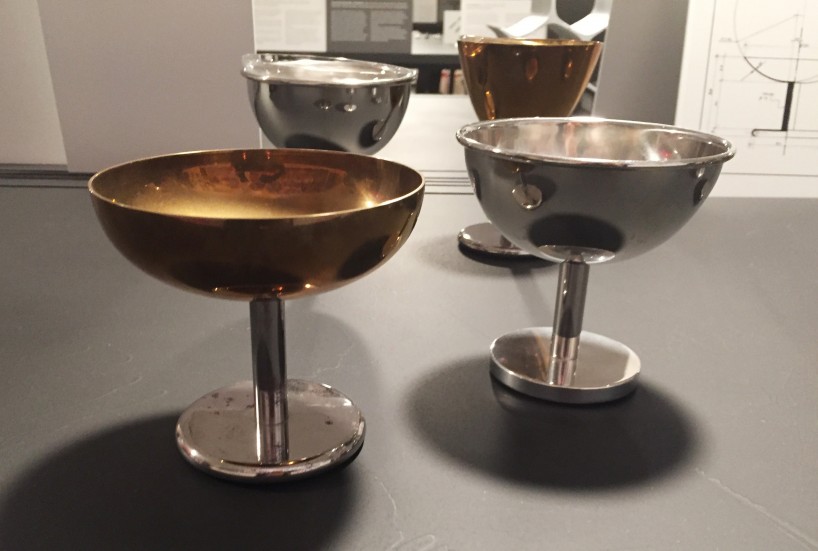
ettore sottsass, objects for hotel use: ice-cream cups, candle holder, flower vase, 1979-1985
image © designboom
the first projects designed by ettore sotass for alessi in the late 1970’s and early 1980’s consisted of a wide range of ‘mixed-use’ objects for the home as well as professional and institutional sectors. to design the high-quality items intended for bars, hotels and restaurants. sottass relied on the expertise of alberto gozzi, the renowned italian gastronome and expert in the art of hospitality with whom alessi had developed various projects for tableware snd kitchen use.
it was a demanding task given the substantial production costs, the high quality requirements and the general lack of cultural knowledge among operators in the hotel business. as a result of these problems, several years elapsed prior to the release of each project and although much time and effort had been invested, some of the projects were suspended.
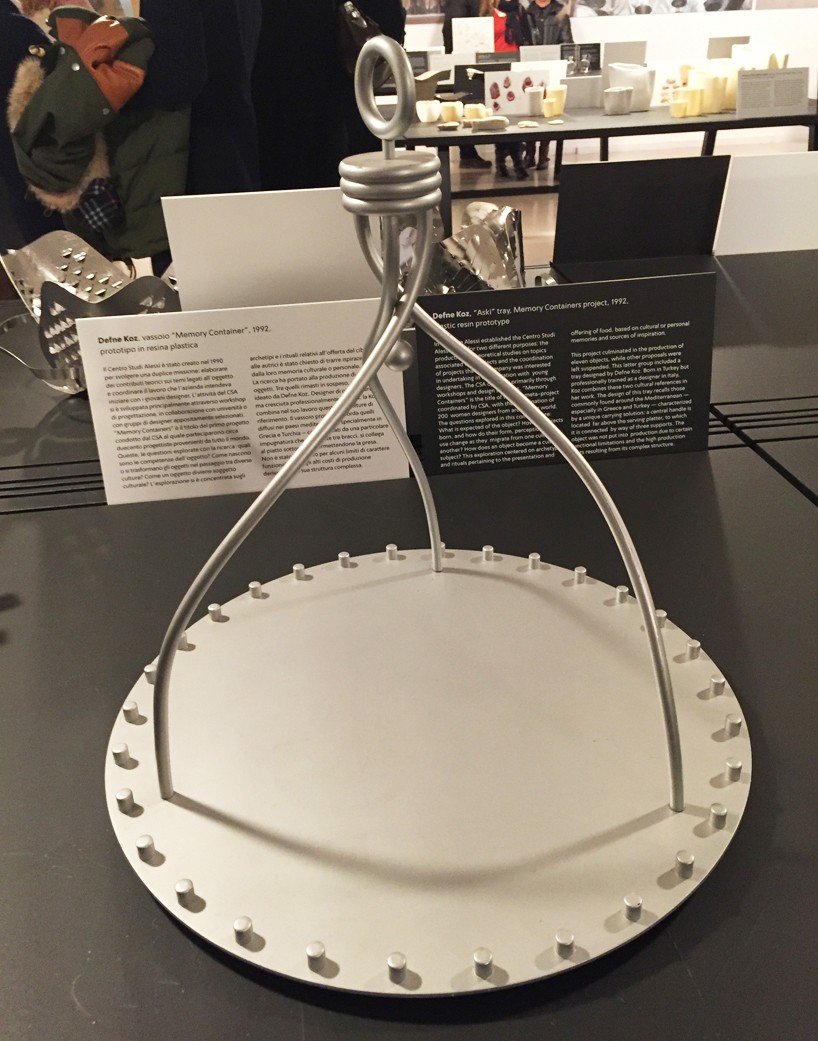
acconci studio, tea and coffee towers, 2002
image © designboom
in 2003, alessi presented the results of an innovative design project started in the late 1990’s and led by allessandro mendini. the project was called ‘tea and coffee’, and the twenty-two architects who participated in it – including mendini himself – each designed a tea and coffee. the architects were invited to develop their designs with great freedom. that freedom was reflected in the twenty-two sets designed, such as vito acconci’s design, based on a ‘self-contained world’ incorporating everything needed to serve tea or coffee. the coffee pot, teapot, milk jog, sugar bowl, cups and saucers lock together to form their own tray which is held by the narrow grooves of the sugar bowl and milk jug. when the tray is set down on a table, the ball-shaped set rolls to rest on one of the four flattened spots along the edge. with the cups and saucers removed, the tea and coffee can be served. with one hand, the cup is placed next to the chosen receptacle and fits into the empty space between the containers. the other hand rotates the ball so that gravity drops the beverage to the bottom of the container, and when pressed, pours the beverage into the cup below. milk and sugar are added in the same way. it was not developed because of production the complexity of the design and its operation.
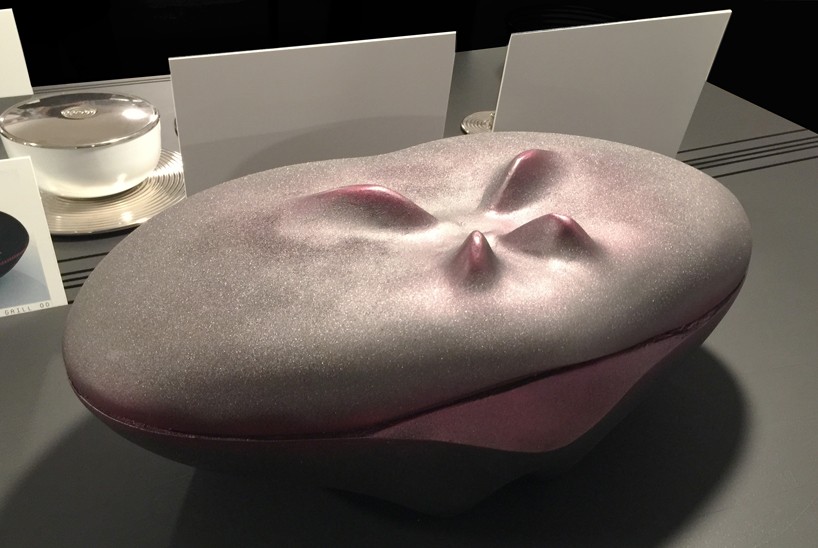
greg lynn, barbecue stand, 2003
image © designboom
as an exponent of so-called ‘digital architecture’ gregg lynn‘s design is characterised by a particular experimental approach. in 2003, he designed a great number of project for alessi, some of which went into production. among the projects that were not realised were a cutlery set and a barbecue.
the design of the cast-iron barbecue sand was inspired by the shape of a shell. alessi found the project extremely interesting due to both lynn’s experimental approach and its potential for its distribution in the united states where the typology is especially appreciated. the project was not realised however, due to the high production costs and some functional project – above all the heavy weight of the cast iron would of made it difficult to transport.
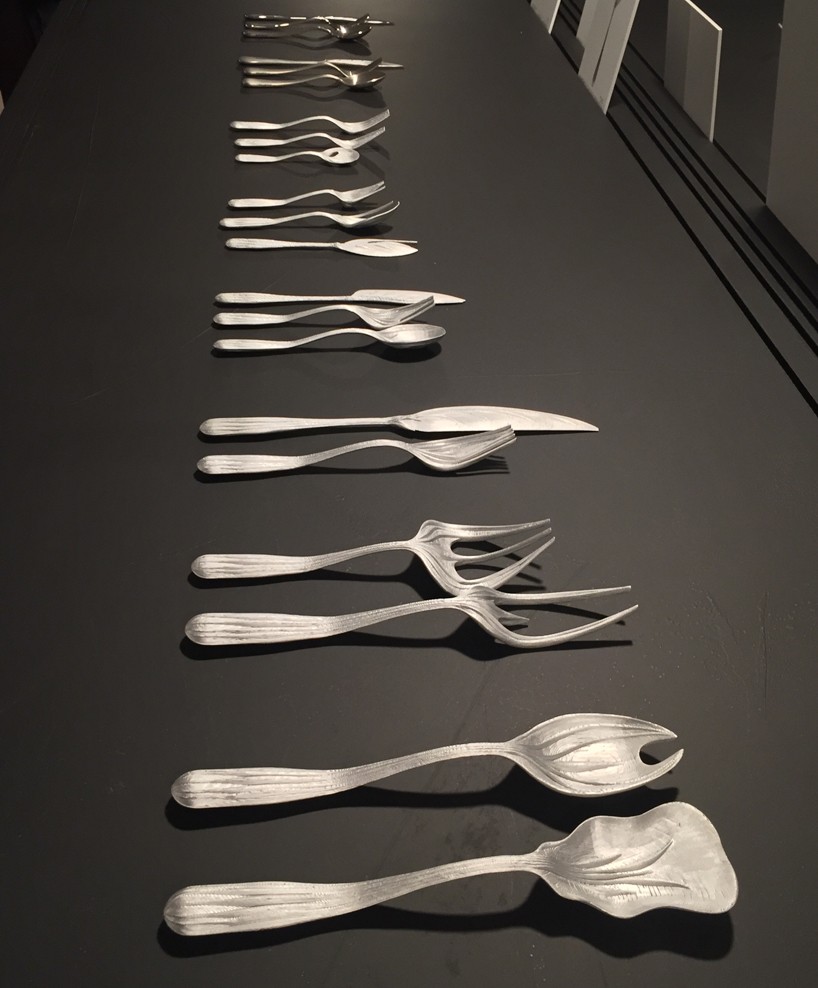
greg lynn – cutlery set, 2003
image © designboom
